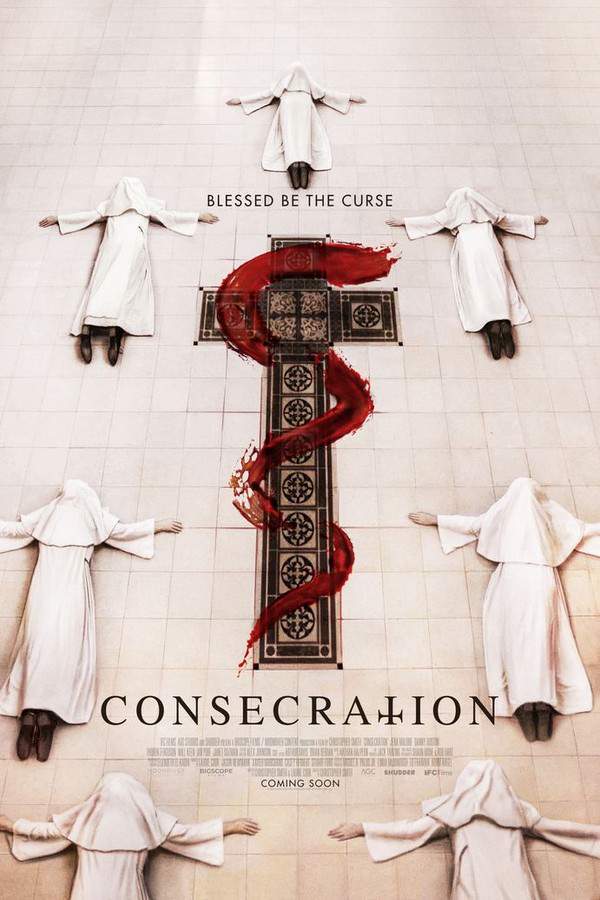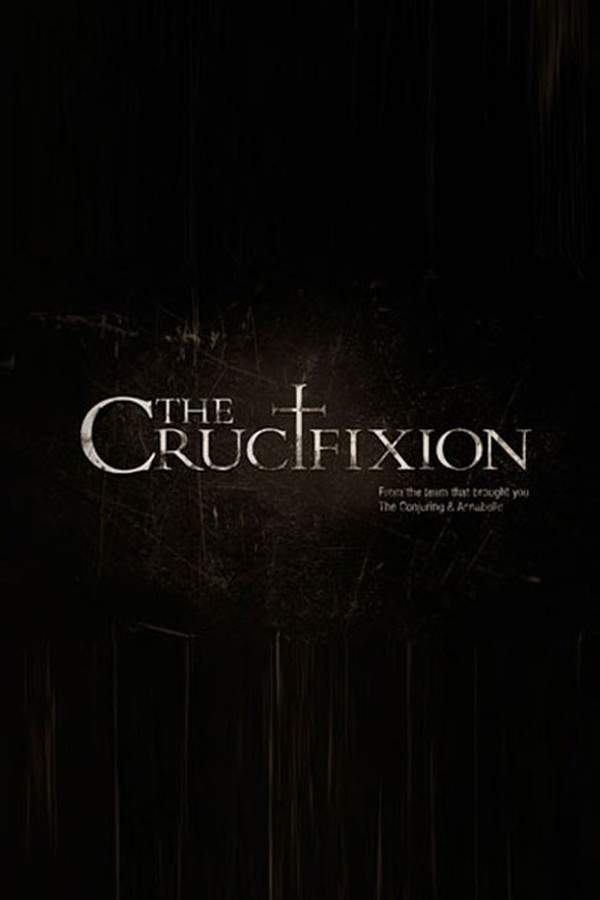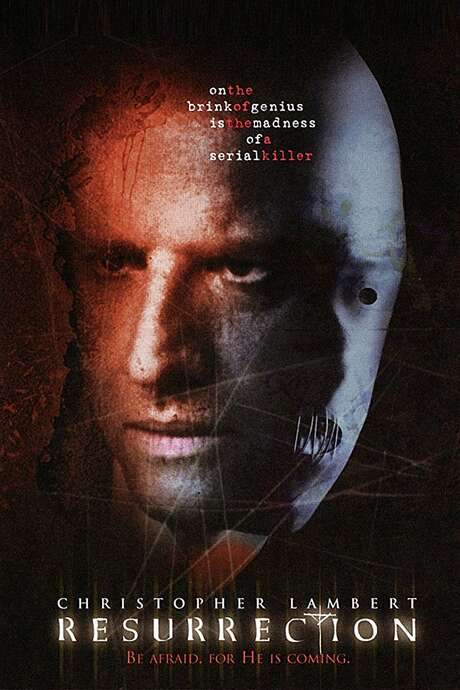Warning: spoilers below!
Haven’t seen The Rosary Murders yet? This summary contains major spoilers. Bookmark the page, watch the movie, and come back for the full breakdown. If you're ready, scroll on and relive the story!
The Rosary Murders (1987) – Full Plot Summary & Ending Explained
Read the complete plot breakdown of The Rosary Murders (1987), including all key story events, major twists, and the ending explained in detail. Discover what really happened—and what it all means.
In a Roman Catholic parish in Detroit, a chilling string of murders disrupts the daily rhythm of faith, duty, and doubt. On Ash Wednesday, the community is shaken when Father James Lord dies in his hospital room after someone silently unplugs his respirator. Not long after, Sister Ann Peschal confesses plans to leave the convent to marry, only to be found the next morning stabbed in her bathtub, her body clutching a black rosary. The violence continues with a third victim, Father Dailey, shot inside a confessional booth, each corpse clutching the same symbol of faith.
Father Robert Koesler, Donald Sutherland, the parish’s compassionate priest, wrestles with a terrible dilemma when a man who claims to be the killer visits his confessional. The man accuses the church of bearing responsibility for his teenage daughter’s death years earlier and vows more killings to come. The confessional seal bars Koesler from revealing what was said to him, forcing him to balance ecclesiastical duty with a desperate need to protect people outside the confessional walls. Yet the killer’s warning weighs heavily, and the tension between secrecy and justice grows heavier with every new murder, including the shooting of Father Killeen.
Against this backdrop of sorrow and fear, Koesler finds comfort in the company of Pat Lennon, a journalist for the local paper who is covering the bizarre, escalating crimes. Pat, Belinda Bauer, brings a warmth and levity to the otherwise grim narrative, and a complicated closeness develops between them. One night, they decide to spend time together, and as dawn rises, they sit side by side at a diner counter, trying to process the events of the night before. Their moment is awkward and unsettled, hinting at something more than professional camaraderie, though the film leaves the question of what happened between them ambiguously unresolved.
Koesler’s approach to the crisis is unusually humane for a cleric of his station. He performs a baptism for a child born outside wedlock, a bold gesture that Pat witnesses with a mix of admiration and concern. The act underscores his belief that faith can extend beyond rigid rules, even as the church’s hierarchy urges caution. Pat’s evolving feelings for Koesler become entangled with her work as a reporter, and she remains a compelling, morally complex presence throughout the story.
Driven by the confessional dilemma and the mounting deaths, Koesler continues to probe the case, quietly testing the boundaries of legal and ecclesiastical authority. He learns that the killer’s dead daughter is Katherine Javison and discovers the troubling pattern behind the deaths: the victims’ names seem to align with the Ten Commandments. In pursuing the threads of Katherine’s life, he visits the Javison home and eventually learns the shattering truth Katherine revealed to Sister Mary Margaret, the cloistered advisor who had dismissed her confessions. The revelation is grim: Katherine and her father were engaged in an incestuous relationship, a truth Sister Mary Margaret failed to believe at the time, a failure that shadows the present as the killer closes in on more victims.
The narrative intensifies as Koesler resolves to uncover the killer’s motive and the link to Katherine’s death. He confronts the reality that Katherine died by her own hand after months of secret anguish, and that her father may have been the arson behind the family’s private tragedy. This revelation adds a bitter layer to the investigation, pushing Koesler to navigate the delicate line between justice and forgiveness.
As police work to shield the parish, Koesler’s investigation points toward Father Nabors, who is believed to be the next target guided by the commandment against bearing false witness. Late on Good Friday, Robert Javison—Katherine’s father and the killer—arrives at the church with a grim resolve to confront Nabors alone. With the confessional seal looming over what he can reveal, Koesler tries to intervene without breaking sacred trust. Javison ultimately exposes his motive: a long-ago confession to Nabors about his ongoing sexual relationship with his daughter, and Nabors’s tepid, delegated response—urging him to repent, reciting a rosary, and granting absolution. The confrontation ends with Javison shot through a window by police, ending the immediate threat to Nabors but leaving the mystery of Katherine’s life and death as a haunting aftereffect.
In the cooldown that follows, Koesler receives Javison’s hand in absolution as he and the authorities sort through the remnants of the case. A key piece emerges: Katherine’s suicide note, found in Javison’s pocket, in which she forgives her father. As Koesler reads the note, he is haunted by the image of Katherine’s school photo, a face that seems to linger in his memory. Pat arrives in the room wearing the same clothes she wore the night they spent together, and the film closes on her face in a freeze-frame, leaving the question of what might come next hovering in the air.
Throughout the film, the tension between faith, guilt, secrecy, and the human need for connection plays out against a backdrop of a city’s quiet, sorrowful resilience. The murders become less about sensational spectacle and more about the moral questions they raise: How should a church respond to a crime that shatters the trust of the faithful? When is it right to reveal a hidden truth, and at what cost to the souls involved? And can forgiveness truly cover the wounds left by past sins, while justice still seeks its due?
- In this emotionally charged drama, the malevolence of the killer and the vulnerable humanity of the priest collide, challenging the boundaries of confession, duty, and mercy in a way that asks more of the characters than the law or the church might be prepared to offer. The story’s final moment—Pat’s gaze, frozen in time—leaves viewers contemplating the complex interplay between faith, love, memory, and absolution, and invites them to consider how the living carry forward the burdens of those who could not be saved.
Last Updated: October 09, 2025 at 14:36
Unlock the Full Story of The Rosary Murders
Don't stop at just watching — explore The Rosary Murders in full detail. From the complete plot summary and scene-by-scene timeline to character breakdowns, thematic analysis, and a deep dive into the ending — every page helps you truly understand what The Rosary Murders is all about. Plus, discover what's next after the movie.
The Rosary Murders Timeline
Track the full timeline of The Rosary Murders with every major event arranged chronologically. Perfect for decoding non-linear storytelling, flashbacks, or parallel narratives with a clear scene-by-scene breakdown.

Similar Movies to The Rosary Murders
Discover movies like The Rosary Murders that share similar genres, themes, and storytelling elements. Whether you’re drawn to the atmosphere, character arcs, or plot structure, these curated recommendations will help you explore more films you’ll love.
Explore More About Movie The Rosary Murders
The Rosary Murders (1987) Scene-by-Scene Movie Timeline
The Rosary Murders (1987) Movie Characters, Themes & Settings
The Rosary Murders (1987) Spoiler-Free Summary & Key Flow
Movies Like The Rosary Murders – Similar Titles You’ll Enjoy
Consecration (2023) Ending Explained & Film Insights
The Crucifixion (2017) Full Summary & Key Details
The Poison Rose (2019) Spoiler-Packed Plot Recap
Impossible Crimes (2019) Plot Summary & Ending Explained
Sanctimony (2000) Detailed Story Recap
The Murders in the Rue Morgue (1986) Detailed Story Recap
Murder Story (1989) Movie Recap & Themes
Edge of Doom (1950) Plot Summary & Ending Explained
Deadly Sins (1995) Detailed Story Recap
Mortal Sins (1992) Full Summary & Key Details
Final Judgement (1992) Movie Recap & Themes
The Strange Vengeance of Rosalie (1972) Ending Explained & Film Insights
Murder in a Blue World (1973) Detailed Story Recap
The Sinister Monk (1965) Ending Explained & Film Insights
Resurrection (1999) Movie Recap & Themes


















